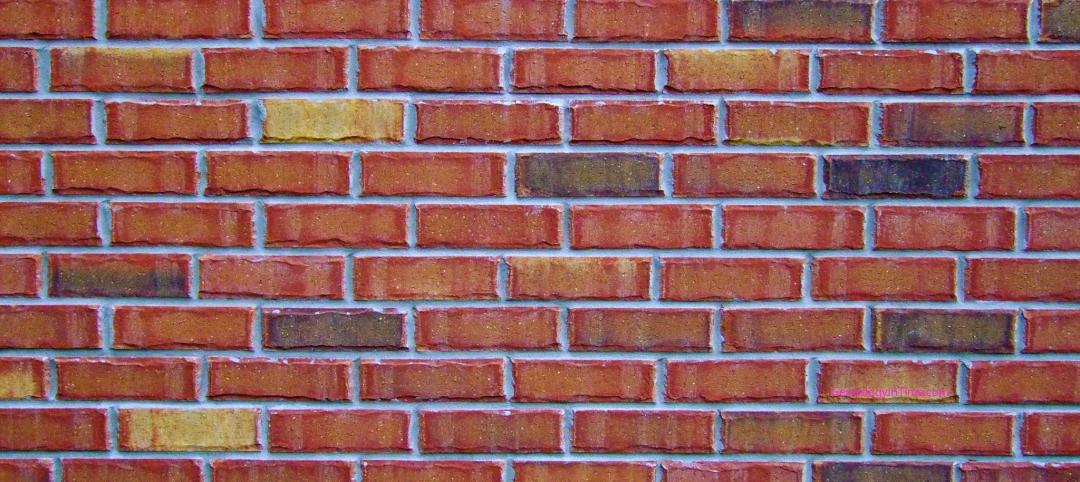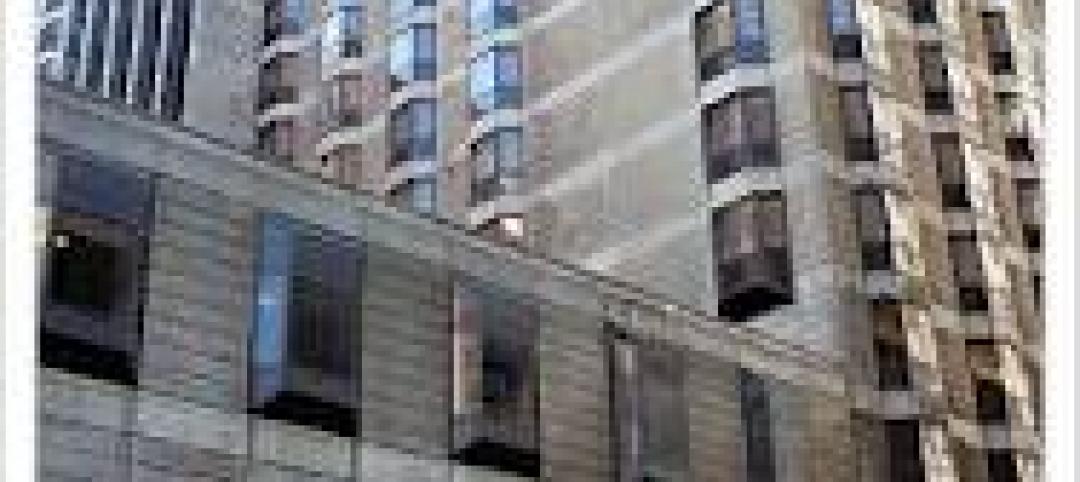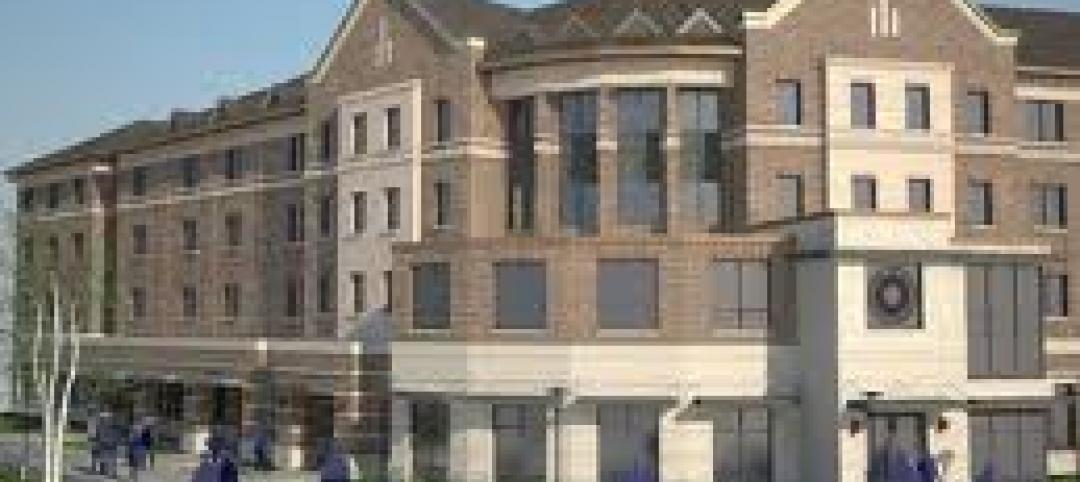This course provides architects, engineers, and contractors with practical advice about implementing net-zero energy buildings using brick masonry. AEC professionals are advised to tackle energy demand first, and not to count on renewable energy sources (photovoltaics, wind, etc.) to achieve net-zero status.
They are further advised to do as much as possible in terms of reducing energy consumption in the building, even if renewables are not available or cost too much, with the hope that the building will be "net-zero ready" for future installation of PVs and other renewables.
Brick masonry is shown to be an effective wall system in the design and construction of such a net-zero energy building.
After reading this article, you should be able to:
• Define the term “net-zero energy (NZE) building” and list the basic properties of heat loss and heat gain and their application to the design and construction of NZE buildings.
• Evaluate the typical R-values of masonry walls, the thermal mass properties of brick walls, and their use in net-zero energy buildings.
• Describe various passive solar and active solar techniques (for renewable energy) and their application to net-zero energy buildings.
• Describe thermal bridges that occur in structures, how they degrade the thermal performance of the wall, and why their reduction or elimination is critical to achieving a net-zero energy building.
Take this AIA CES Discovery course at BDCuniversity.com
Related Stories
| Oct 6, 2011
GREENBUILD 2011: Growing green building market supports 661,000 green jobs in the U.S.
Green jobs are already an important part of the construction labor workforce, and signs are that they will become industry standard.
| Oct 5, 2011
GREENBUILD 2011: Brick offers growing options for sustainable building design
Brick exteriors, interiors and landscaping options can increase sustainability that also helps earn LEED certification.
| Oct 4, 2011
GREENBUILD 2011
Click here for the latest news and products from Greenbuild 2011, Oct. 4-7, in Toronto.
| Oct 4, 2011
GREENBUILD 2011: Methods, impacts, and opportunities in the concrete building life cycle
Researchers at the Massachusetts Institute of Technology’s (MIT) Concrete Sustainability Hub conducted a life-cycle assessment (LCA) study to evaluate and improve the environmental impact and study how the “dual use” aspect of concrete.
| Oct 3, 2011
Magellan Development Group opens Village Market in Chicago’s Lakeshore East neighborhood
Magellan Development Group and Hanwha Engineering & Construction are joint-venture development partners on the project. The Village Market was designed for Silver LEED certification by Loewenberg Architects and built by McHugh Construction.
| Sep 29, 2011
Busch Engineering, Science and Technology Residence Hall opens to Rutgers students
With a total development cost of $57 million, B.E.S.T. is the first on-campus residence hall constructed by Rutgers since 1994.
| Aug 31, 2011
Wythe Confectionary renovation in Brooklyn completed
Renovation retains architectural heritage while reflecting a modern urban lifestyle.
| Feb 22, 2011
New EcoSpec Tile company offers recycled tiles
EcoSpec Tile LLC, established February 1, 2011, is a new tile manufacturing company started by a group consisting of experienced/time-tested tile professionals who collectively feel a strong responsibility to their industry and to their planet. The initial product offering includes sustainable tile material composed of 50% pre-consumer waste, 20% post-consumer waste and 30% new material recycled contents.















